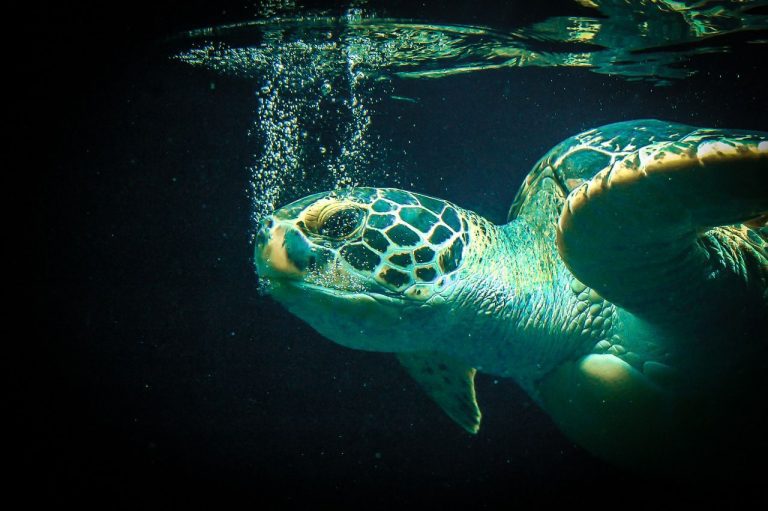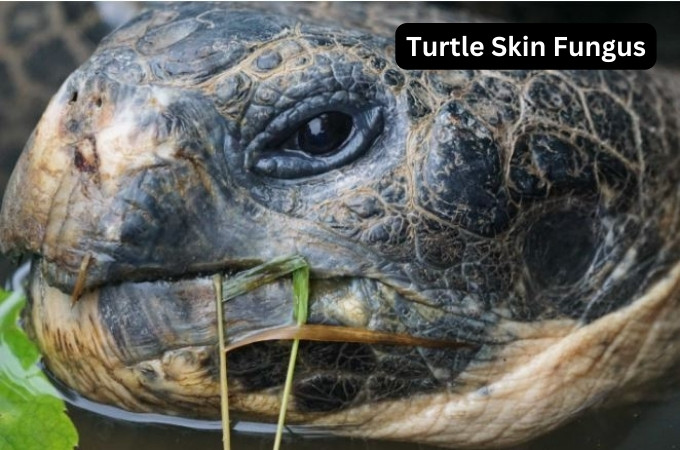6 Types Of Pet Mud Turtles
Today we discuss Types Of Pet Mud Turtles. Mud turtles are fascinating reptiles that make unique and interesting pets. In this blog post, we will explore six different types of mud turtles that are popular among reptile enthusiasts. We will also provide a care sheet to help you understand how to properly care for these turtles and ensure they thrive in captivity.
Additionally, we will include pictures of each mud turtle species to help you visually identify them. Whether you are a seasoned reptile keeper or considering getting a mud turtle as a pet for the first time, this blog post will provide valuable information to help you make informed decisions and provide the best care for your mud turtle companion.
Common Characteristics of Mud Turtles:
Mud turtles share several common characteristics that set them apart from other turtle species. Some of these characteristics include:
- Small to medium-sized bodies
- Dark-colored shells with intricate patterns
- Webbed feet for swimming
- Omnivorous diet, including plants, insects, and small fish
- Docile temperament but can be shy or defensive when threatened
6 Types Of Pet Mud Turtles:
1. Eastern Mud Turtle (Kinosternon subrubrum)
The Eastern Mud Turtle is a popular mud turtle species known for its reddish-brown shell and yellow markings on its head and neck. These turtles are native to the eastern United States and prefer shallow, slow-moving bodies of water.
2. Striped Mud Turtle (Kinosternon baurii)
The Striped Mud Turtle is named for the yellow stripes that run along its head and neck. These turtles are found in the southeastern United States and are known for their shy nature and preference for hiding in muddy substrates.
3. Loggerhead Musk Turtle (Sternotherus minor)
The Loggerhead Musk Turtle, also known as the Loggerhead Mud Turtle, is a small species with a distinctive keeled shell. These turtles are found in various habitats, including swamps, ponds, and streams, and are known for their strong musk glands.
4. Yellow Mud Turtle (Kinosternon flavescens)
The Yellow Mud Turtle is easily recognizable by its bright yellow markings on its head and neck. These turtles are native to Mexico and prefer habitats with plenty of vegetation and shallow water.
5. Sonoran Mud Turtle (Kinosternon sonoriense)
The Sonoran Mud Turtle is a desert-dwelling species found in the southwestern United States and Mexico. These turtles have a brownish shell with yellow markings and are well-adapted to arid environments.
6. Stripe-necked Musk Turtle (Sternotherus carinatus)
The Stripe-necked Musk Turtle is named for the yellow stripes on its neck and head. These turtles are found in the southeastern United States and are known for their unique appearance and active behavior.
Care Sheet for Pet Mud Turtles:
Proper care is essential for keeping pet mud turtles healthy and happy. Here are some key care guidelines to follow:
Housing:
- Provide a spacious tank with both water and land areas.
- Use a water heater to maintain a water temperature of 75-80°F.
- Include a basking area with a heat lamp for thermoregulation.
Diet:
- Offer a balanced diet of commercial turtle pellets, insects, vegetables, and occasional fruits.
- Supplement their diet with calcium and vitamin D3 to prevent nutritional deficiencies.
Lighting:
- Use UVB lighting to help mud turtles metabolize calcium and prevent shell deformities.
- Provide a consistent light-dark cycle of 12 hours each day.
Handling:
- Handle your mud turtle gently and minimally to reduce stress.
- Wash your hands before and after handling to prevent the spread of bacteria.
Health:
- Monitor your turtle for signs of illness, such as lethargy, loss of appetite, or shell abnormalities.
- Consult a reptile veterinarian if you notice any concerning symptoms.
Conclusion
mud turtles are unique reptiles that make rewarding pets for experienced reptile keepers. By understanding the different types of mud turtles, their care requirements, and their distinct characteristics, you can provide a suitable environment for your pet mud turtle to thrive. Remember to research each species thoroughly before acquiring one as a pet and consult with a reptile veterinarian if you have any concerns about your turtle’s health or well-being. With proper care and attention, mud turtles can bring joy and fascination into your life as fascinating companions in the world of reptiles.

